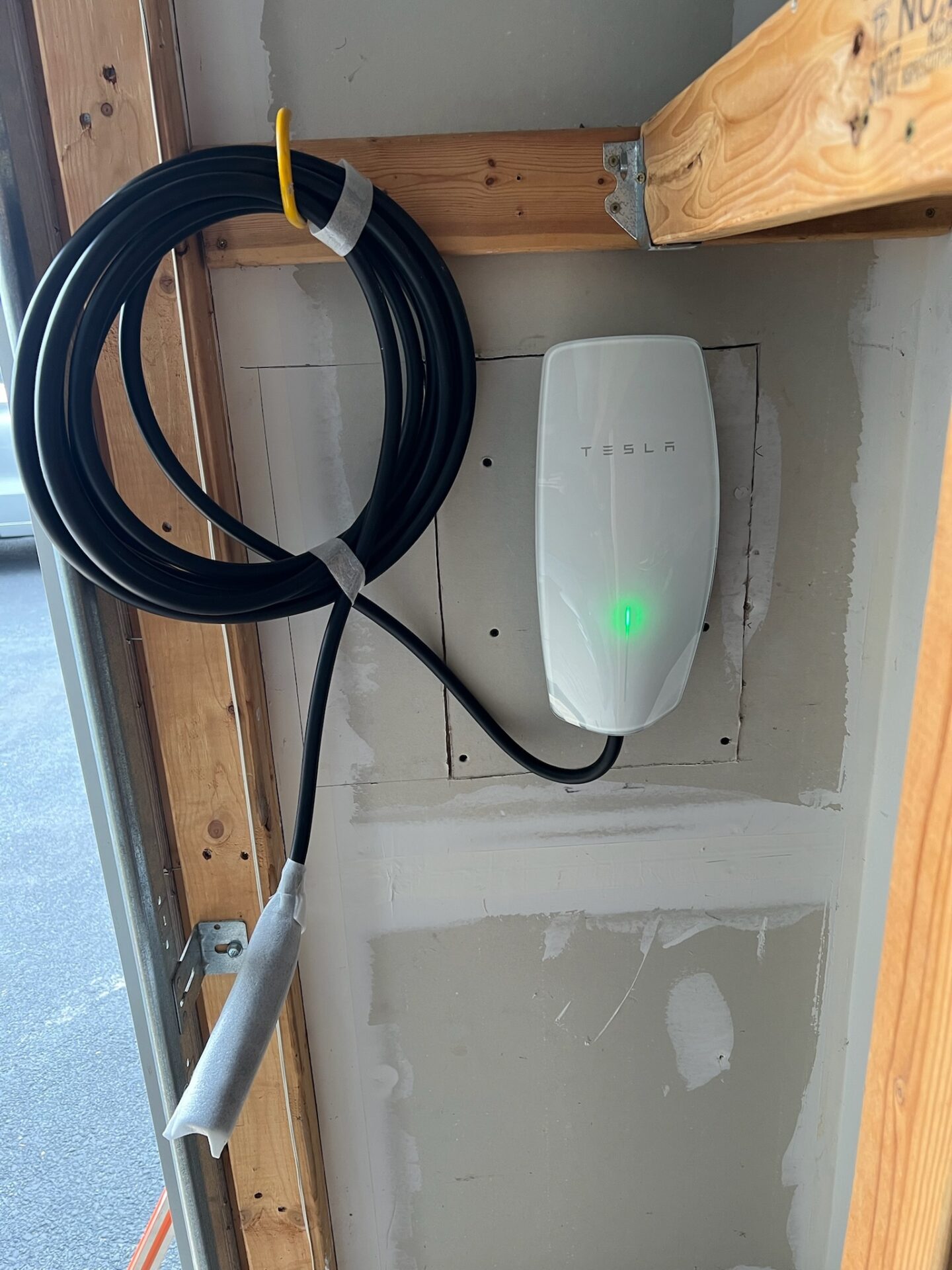Welcome to The Go-to Crew Electric’s comprehensive buyer’s guide to wiring! Whether you’re a seasoned DIY enthusiast or a first-time homeowner, understanding wiring is crucial for maintaining a safe and functional electrical system.
In this guide, we’ll walk you through everything you need to know about wiring, from basic terminology to essential tools and materials. So, let’s dive in and illuminate the path to electrical solutions together!
What is Wiring?
Wiring is the intricate network electrical cables that transfer power from a source to outlets, devices, and appliances within a building or structure. It consists of insulated wires, typically made of copper or aluminum, which are organized and interconnected to form circuits.
These circuits are designed to deliver electricity safely and efficiently to where it’s needed, whether it’s to power lights, appliances, or electronic devices. Wiring systems are typically installed during the construction phase of a building and are crucial for providing electricity for daily activities and operations.
Proper wiring is essential for ensuring the safety and functionality of electrical systems. It involves careful planning and adherence to electrical rules and standards to prevent dangers such electrical fires, shocks, and short circuits. Wiring must be installed with precision, ensuring that connections are secure and circuits are properly grounded.
Additionally, as technology evolves, wiring systems may need to be updated or modified to accommodate new electrical demands or improve energy efficiency. Electrical infrastructure reliability and safety depend on regular inspections and maintenance to identify and fix problems.
Key Terminology
- Conductor: A material that allows electricity to flow through it, such as copper or aluminum wires.
- Insulation: The protective covering around wires to prevent electrical shocks and fires.
- Circuit: A closed loop through which electricity flows, consisting of a power source, conductors, and load (appliance or device).
- Voltage: The force or pressure of electricity, measured in volts (V).
- Amperage: The electricity flow rate is measured in amperes (amps).
- Resistance: The opposition to the flow of electricity, measured in ohms.
Types of Wiring
There are several types of wiring used in electrical systems, each designed for specific purposes and environments:
- Non-metallic Sheathed Cable (NM): Also known as Romex, NM cable consists of insulated wires bundled together within a plastic sheath. It’s commonly used for residential wiring, particularly in dry locations where it’s protected from moisture.
- Armored Cable (AC): Armored cable features a metal sheath that provides additional protection against physical damage and can be used in dry and wet locations. It’s often employed in industrial and commercial settings.
- Metallic Conduit: A metallic conduit is a rigid or flexible metal pipe that encloses wires, offering excellent protection against physical damage and electromagnetic interference. It’s commonly used when wiring may be exposed to moisture, corrosive materials, or excessive vibrations.
- Non-metallic Conduit: Non-metallic conduit, also known as PVC conduit, is made of plastic and is used in situations where metallic conduit may not be suitable, such as in corrosive environments or where flexibility is required.
- BX Cable: BX cable, also called armored cable or flexible metal conduit (FMC), consists of insulated wires encased in a flexible metal sheath. It’s often used when wiring needs to be installed in tight spaces, or flexibility is essential.
- Thermostat Wire: A thermostat wire is a low-voltage wire that connects heating, ventilation, and air conditioning (HVAC) systems to thermostats and control panels.
These are just a few examples of the types of wiring commonly used in electrical systems. The choice of wiring depends on factors such as the specific application, environment, and local building codes and regulations.
Essential Tools and Materials
You’ll need the right tools and materials to tackle wiring projects effectively. Here’s a list of essential items every homeowner should have:
Tools:
- Wire Strippers: For removing insulation from wires.
- Wire Cutters: For cutting wires to the desired length.
- Screwdrivers: To secure wires to outlets, switches, and terminals.
- Voltage Tester: To check if wires are live or dead before handling them.
- Fish Tape: For pulling wires through walls, ceilings, and conduits.
- Wire Nuts: To connect wires securely and safely.
- Electrical Tape: For insulating and protecting wire connections.
- Cable Staples: To secure cables and wires to framing members.
Materials:
- Electrical Wire: Choose the appropriate type and gauge of wire for your project.
- Junction Boxes: Enclosures house electrical connections and protect them from damage.
- Outlets and Switches: Essential components for controlling the flow of electricity to appliances and lights.
- Conduit: Tubing used to protect and route wires in exposed locations.
- Wire Connectors: These are used to join two or more wires securely.
- Cable Clamps: These secure cables to surfaces and prevent strain on connections.
Safety Precautions
Safety should always be your top priority when working with electricity. Follow these precautions to minimize the risk of electrical accidents:
- Turn off the power: Always shut off the power at the circuit breaker or fuse box before starting wiring work.
- Use proper insulation: Ensure all wires are properly insulated to prevent shocks and fires.
- Avoid overloading circuits: Distribute electrical loads evenly across circuits to prevent overheating and tripped breakers.
- Test wires before handling: Use a voltage tester to verify that cables are not live before touching them.
- Wear protective gear: Use insulated gloves and safety goggles to protect yourself from injury when working with electricity.
Hiring a Professional
When hiring a professional for electrical work, it’s essential to consider several factors to ensure the job is done safely and efficiently:
- Licensing and Certification: Verify that the electrician is licensed and certified to perform electrical work in your area. This ensures they have the necessary training and expertise to handle the job safely and according to regulations.
- Experience: Look for an electrician with significant experience in the type of work you need. Whether installing wiring, repairing electrical systems, or troubleshooting issues, experienced professionals are better equipped to handle complex tasks effectively.
- References and Reviews: Get client references or read internet reviews to gauge the electrician’s reputation and reliability. Good customer feedback is good indicator of quality artistry and professionalism.
- Insurance and Liability Coverage: Ensure that the electrician carries adequate coverage, including liability insurance. This protects you in case of accidents or property damage during the job.
- Transparent Pricing: Request a detailed estimate upfront, including the cost of labor, materials, and any additional fees. A reputable electrician will provide transparent pricing and explain any potential extra charges before starting the work.
- Communication and Professionalism: Choose an electrician who communicates clearly and professionally. They should answer your questions, keep appointments, and keep you informed throughout the project.
- Warranty and Guarantees: Inquire about warranties or guarantees on the work performed. A reliable electrician will guarantee their work and provide reassurance or defects.
By carefully considering these factors and conducting thorough research, you can confidently hire a professional electrician, knowing your electrical job is in capable hands.
You’ve reached the end of our buyer’s guide to wiring. With this knowledge, you’re well-equipped to safely and confidently tackle basic wiring projects in your home. Remember, when in doubt, don’t hesitate to seek professional help.
At The Go-To Crew Electric, we’re here to support you every step of the way on your journey to electrical solutions. Happy wiring!



